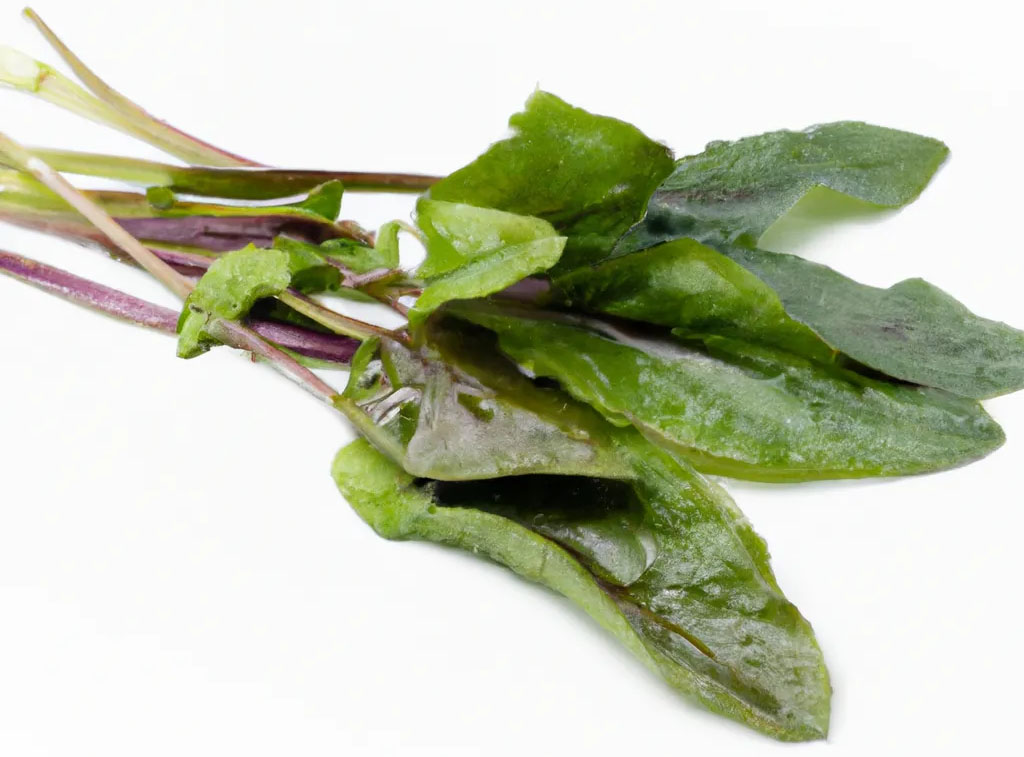Botanical Name: Rumex acetosa
Sorrel, a perennial herb known for its sharp, lemony flavor, has been a beloved ingredient in kitchens and herbal medicine practices for centuries. Native to Europe and parts of Asia, sorrel belongs to the buckwheat family and grows in temperate regions, flourishing in both wild and cultivated forms. Its bright, tart taste and vibrant green leaves make it a popular choice in various culinary applications.
The distinguishing feature of sorrel is its sour, tangy flavor, which comes from its high oxalic acid content. This unique taste profile has earned sorrel a place in traditional dishes from around the world, particularly in European, Middle Eastern, and African cuisines. In its fresh form, sorrel is often used in salads, adding a bright, citrusy note that complements other greens. It can also be used in soups, sauces, and stews, where its sharpness cuts through richer flavors. One of the most iconic sorrel-based dishes is French soupe à l’oseille, a creamy sorrel soup that showcases the herb’s tangy flavor balanced by butter or cream.
In Eastern Europe, sorrel is used in traditional soups like Ukrainian green borscht or Polish zupa szczawiowa, where it adds both flavor and color. Sorrel is also popular in Caribbean and African cuisine, though in these regions, the term often refers to the hibiscus plant, used in beverages. Fresh or dried sorrel leaves can be used to create sauces for fish or poultry, where the herb’s acidity enhances the flavor of the dish. It’s also often paired with eggs or dairy, as the creaminess helps balance its sharp taste.

